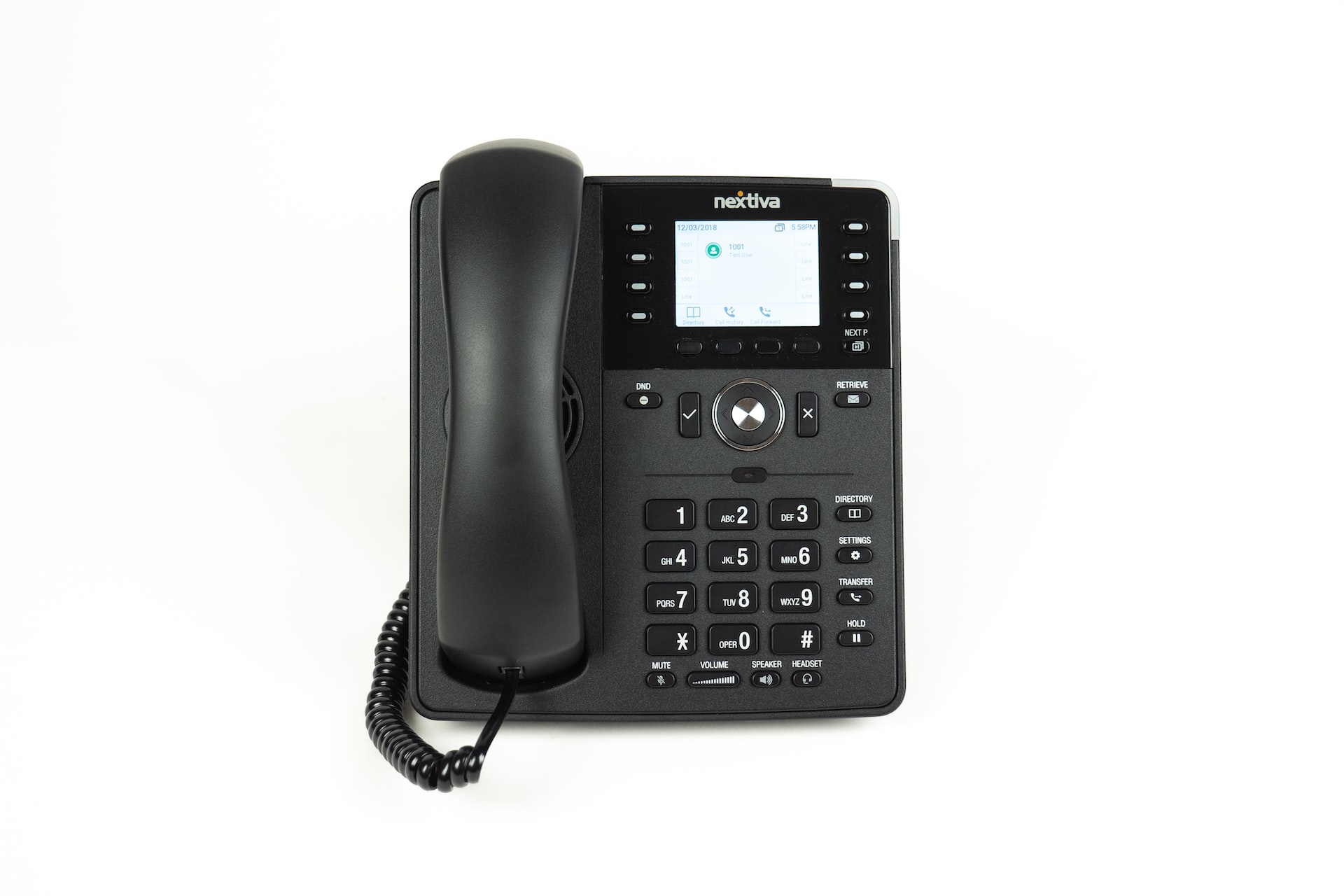VoIP (Voice over IP) is the transport of telephone calls using the Internet protocol. Such calls can be made from analog telephones via appropriate converters (Analog Telephone Adapter, ATA), IP phones, or some apps from personal computers.
VoIP technologies include many protocols, such as the RTP protocol for multimedia data transport. SIP (English Session Initiation Protocol) is for signaling – establishing and controlling a session. SIP is a protocol standardized by the IETF (English Internet Engineering Task Force).
It will be widespread in the future and guarantees its acceptance by the largest telecommunications equipment manufacturers. In addition, SIP has been accepted by the 3GPP (3rd Generation Partnership Project) organization as the first signaling protocol for multimedia sessions in next-generation networks.

Devices for VoIP telephony
A software phone is a program for a computer or smartphone that enables calls via VoIP service – with this program, and you do not need a separate phone. Just headphones and a microphone are enough.
The SIP phone is the ultimate device for communication via VoIP technology. Its purpose and appearance are very similar to classic telephones. Although it often has additional functionalities specific to VoIP telephony.
VoIP PBX – switchboard for VoIP telephony. However, there are also separate hardware versions. It is most often a question of dedicated servers that perform the functions of local telephone switchboards within the company through PBX software. But also enable interconnection between VoIP and fixed and mobile connections.

Some VoIP services allow you to call only users of the same service. In contrast, others allow you to connect to anyone with a phone number – including local, long-distance, mobile, and international numbers. Also, certain VoIP services work exclusively through your computer or a VoIP phone. On the other hand, some offer the option of using a traditional phone connected to a VoIP adapter.
An additional advantage of a VoIP system is that it converts speech into digital data, which can be stored, searched, and distributed to almost any device that connects to the Internet. VoIP provides access to apps that combine telephone calls, fax, voice mail, e-mail, web conferences, and other types of business communication. That significantly contributes to the productivity of your employees.
How does VoIP work?

In VoIP networks, voice conversion into data packets is done almost instantaneously in real time. The bandwidth of the network is reduced due to the possibility of sending multiple data packets at the same time. The process of creating packets and their path through the network in which signaling SS7 and network TCP/IP participate the protocols go like this:
- The analog voice signal is converted to a linear PCM digital record (16 bits every 125 µs).
- Noises and echoes are removed from PCM records, and additional analysis is performed to silence empty parts and detect the tone.
- The obtained PCM records are converted into voice frames, compressed by Vocoder compression, and encoded by the ITU-T G.729 standard using the CS-ACELP algorithm, with a transmission rate of 8 kbit, which creates a 10 ms long frame containing 10 B of voice with a frequency range of 300 Hz up to 3.4 kHz.
- Voice frames are integrated into voice packets. Initially, it is an RTP packet to which a UDP packet with source and destination information has been added. In the end, the packet is 20 B and contains all the information, including the IP address of the destination.
- Packets are sent via the Internet, where routers and switches on the way review the previously entered information about the package’s destination and direct the path.
- When the packets reach their destination, they go through the reverse procedure to reproduce the voice. All IP packets are numbered, and to obtain a meaningful voice form, the IP packets must be arranged in the required order when received.
Final Words
Corporate use of VoIP gives a bright future, especially between remote company branches connected to the Internet. Savings on calls are very pronounced. Many companies and corporations set up access points to avoid additional costs.
VoIP is a simple and inexpensive upgrade to the web, e-mail, instant messaging, and video conferencing Internet for many businesses. In many developed countries, most of the population uses mobile phones exclusively. It is expected that interest in VoIP will also increase among mobile users.
Related posts
New Articles
Whosvalora: Understanding the Digital Mystery That’s Taking Over Social Media
In the rapidly changing realm of internet culture, new terms and phenomena emerge almost daily. But few have captured the…


